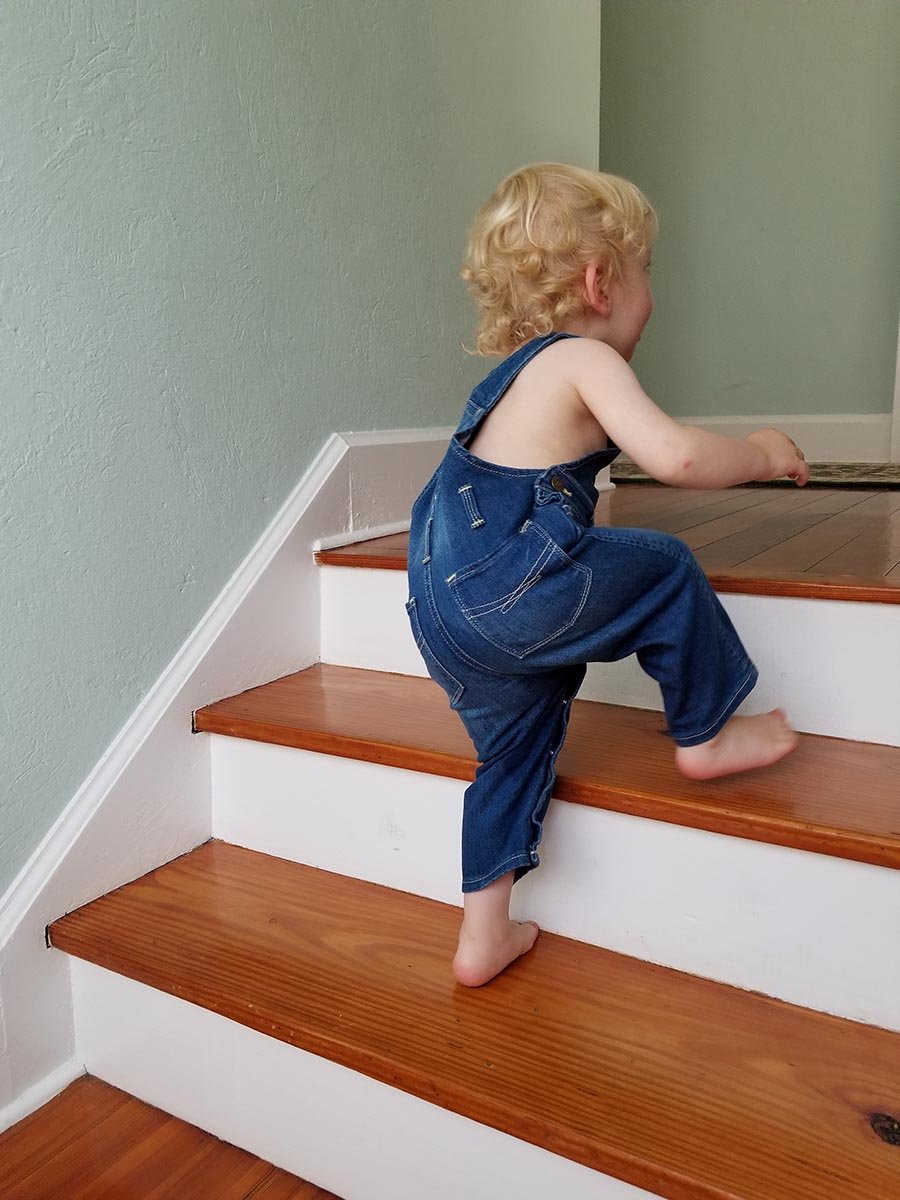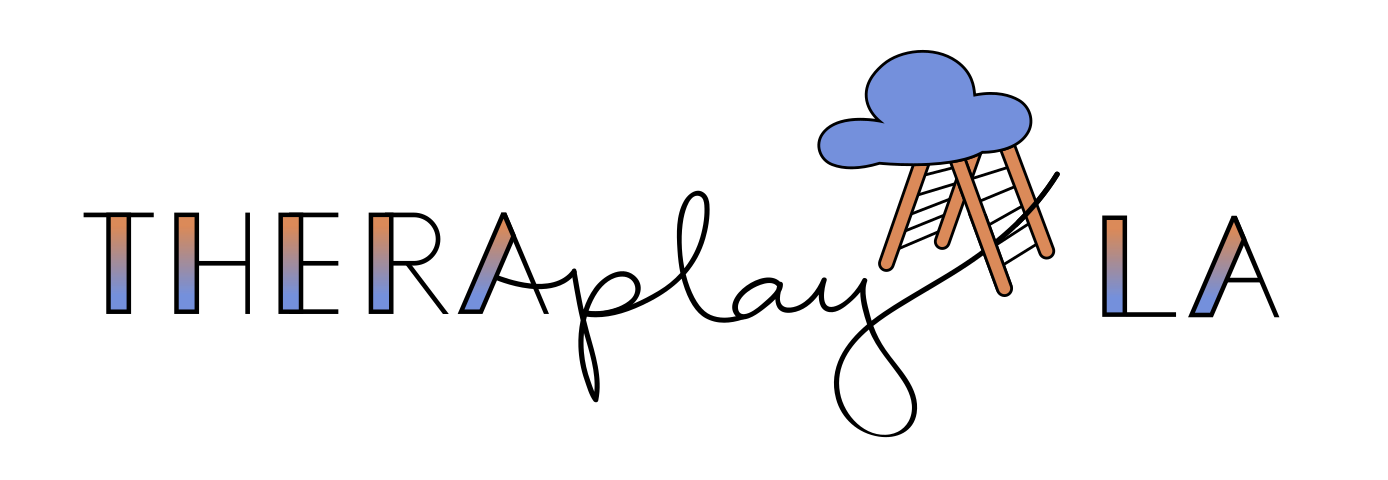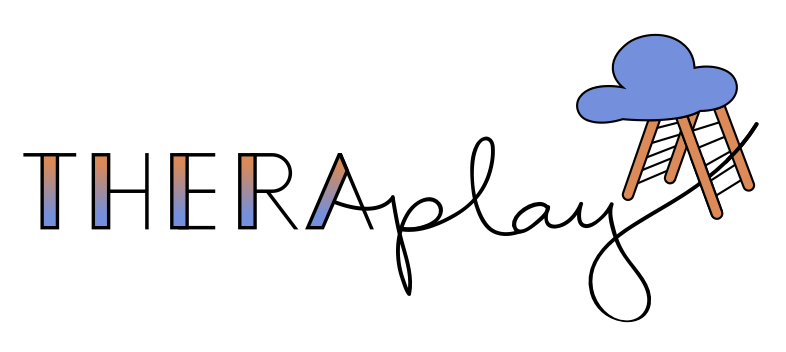
Understanding Pediatric Physical Therapy
Los Angeles Leader for Pediatric Physical Therapy That’s Fun and Effective
Who Can Benefit From Physical Therapy?
Physical therapists treat children with a wide range of symptoms and diagnoses, including…
Hypotonia (weakness, low muscle tone)
Hypertonia (tightness, high muscle tone)
Motor planning difficulties
Gait difficulties
Orthotic concerns (flat or pronated feet)
Delays in developmental milestones
Gross motor incoordination
Neurological issues
Prematurity
Torticollis (head tilt/preference)
Cerebral Palsy
Stroke
Down Syndrome
Spina Bifida
Our LA-based physical therapists have extensive experience and training working with children experiencing each of these conditions and difficulties.
LA Pediatric Physical Therapy Orthopedics
Our Los Angeles based physical therapists can evaluate your child’s need for adaptive equipment, including:
Protective helmets
Arch support inserts or orthopedic shoes
Walkers
Standers
Gait trainers
Pediatric wheelchairs
Our PTs can also prescribe custom orthopedic devices like shoe inserts to better mold the arch in your child’s foot and prevent or correct pronated feet (e.g flat foot).
Dynamic Movement Intervention (DMI) in Los Angeles
If your child is experiencing motor delays, you may find traditional handling techniques slow or ineffective.
Dynamic Movement Intervention, or DMI, focuses on spontaneous, child initiated postural correction. No matter the cause of your child’s motor delay, DMI draws on the neuroplasticity children experience at this age by using specially tailored exercises to provide your child with the support they need while still challenging them to build and strengthen connections in the brain.
DMI also recognizes the importance of building core strength and providing minimal structural support. By limiting physical support and thus reducing the amount of assistance provided, DMI allows your child to build the strength and endurance required to reach developmental milestones using their own strength, endurance, and neural connections. This allows them to achieve milestones such as standing and walking independently while still keeping them safe and supported as they learn.
Unlike other handling techniques, DMI provides your child with strong sensory cues that help improve their ability to move and balance, specifically targeting their sense of movement, their sense of where their body is in space, and their sense of touch.
The goal of DMI is to allow your child to improve the foundational skills necessary to:
Roll
Sit
Crawl
Stand
Walk independently
Improve movement quality
At the same time, DMI exercises improve your child’s tone and range of motion, helping them integrate reflexes that interrupt developmental progress, and help rewire abnormal patterns of movement by allowing your child to practice proper movement patterns in a safe, supportive environment.
Los Angeles- Based Functional Electrical Stimulation (Functional E-Stim)
Functional electrical stimulation (FES or Functional E-Stim) uses small adhesive electrodes to administer low level electrical impulses to specific muscles, causing them to contract. Overtime, the contractions caused by these electrical impulses improve strength, coordination, endurance, sensory feedback, and reduce the time necessary for the targeted muscle groups to activate, resulting in improved motor control and strength.
When used during therapeutic activities, Functional E-Stim promotes and restores function in and reduces spasming caused by weak and uncoordinated muscles.
Electrical stimulation can be used to target muscles in any part of the body, including but not limited to the back, legs, feet, arms, and hands. Our highly trained PTs have extensive experience working with Neuromuscular Electrical Stimulation (NMES) across a variety of populations and diagnoses.
Our PTs Can Help Your Child Improve Their…
-

Range of Motion
How far they’re able to bend or straighten the joints in their arms, legs, hands, etc. Limited range of motion can impact daily living skills such as dressing and cause weakness due to lack of use.
-

Strength
Their ability to work against gravity by standing or sitting up straight, picking up and moving objects, etc.
-

Balance
Their ability to achieve and maintain an upright position against gravity and prevent accidents from falling. Physical therapy can also help your child improve their ability to stand on one leg for tasks like pulling on pants, climbing stairs, and putting on shoes.
-

Posture
The ability to co-contract the trunk and back extensors at the same time in order to achieve an upright posture against the force of gravity and the ability to align the body in various positions.
-

Tone
The resistance and tension in a muscle that allows it to appropriately contract. Low muscle tone (hypotonia) is often described as appearing “droopy” or “floppy” while high muscle tone (hypertonia) is often described as “stiff” and “rigid.”
-

Reflexes
Helping your child integrate primitive reflexes for better control of their movement and self-regulation.





